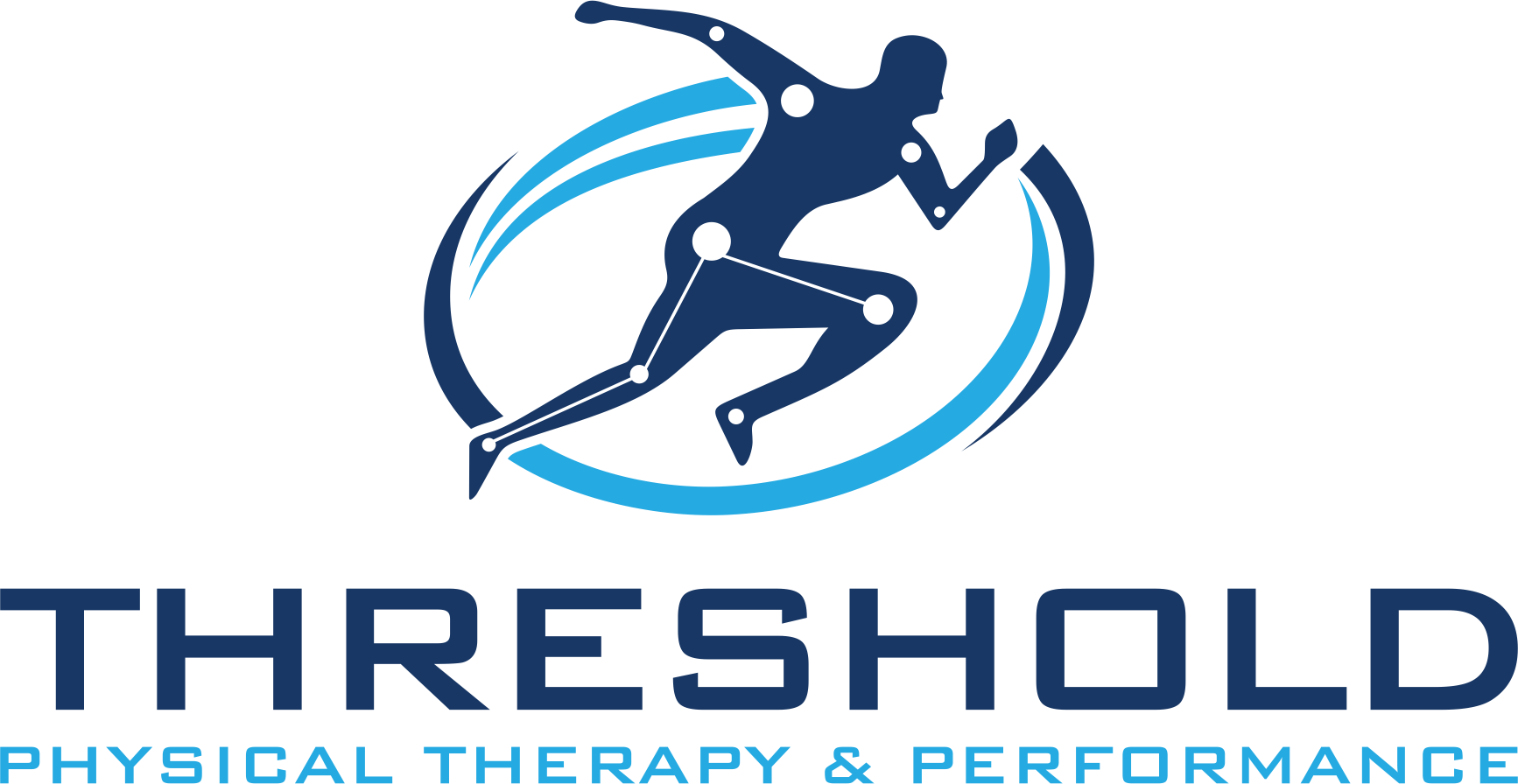Imagine… You’ve had a really bad day…
A friend called asking if you wanted to meet for a pick up game. It seemed like a good idea at the time! But, then you pivoted to intercept that pass, heard the knee ‘pop’, and collapsed in pain. The crazy bad swelling set in crazy fast. The physician at the urgent care place says it’s probably your ACL (anterior cruciate ligament) and you should schedule a consultation with an orthopedic surgeon, and (just maybe) they are progressive enough to also recommend some prehab with physical therapy to speed the recovery.
So, you get home and decide to hop on Google to do a little research. Of course, the Google results diagnose you with death. It’s probably the black plague from your neighbors sickly pet…
Over the course of your research you decide to watch a youtube video on the ALC surgical procedure. You’ve had better ideas and now, not only does your knee feel sore and unstable, you’re feeling a little queasy. It is here that you realize that several types of tissue grafts can be used to reconstruct the ACL.
Wait. Wait. Wait. They are going to take a strip of tissue from somewhere else in your body to make your new ACL? Yep, it’s called an autograft and (more than likely) it’ll work out better than taking it from some dead individual (called an allograft), or a pig (yea, the domesticated omnivore).
So, what can they take? What should they take? The optimal graft source remains a topic of controversy…
We’ve got the bone-patellar tendon-bone (BPTP), but there are well-documented issues including pain at the anterior/front of the knee, difficulty kneeling, increased incidence of mid- and long-term osteoarthritis, and possible kneecap fracture or rupture of the tendon. Yep, that last part is probably as bad as it sounds, but BPTP is an option on the table…
Then, we’ve got a hamstring tendon graft. Talk about a pain in the … well, you know. Again though, we’re seeing issues including weakness in hip extension and terminal knee flexion, higher infection rate, graft laxity (especially in females over time), and variable graft size and length.
More recently, a graft from the quadriceps tendon (from the muscles at the front of the thigh down to the kneecap) has been looked at with serious potential. Even though it’s 2019, this method was advocated for back in 1979 and 1984. A recent ahead-of-print article in the American Journal of Sports Medicine published a systematic review looking at outcomes for quadriceps tendon vs bone-patellar tendon-bone, and hamstring-tendon autografts for ACL reconstruction. The good news – you have options!
What does the research say? In short, and when looking at the clinical and functional outcomes, the results for the quadriceps tendon were comparable to the hamstring tendon and bone-patellar tendon-bone. Additionally, the quadriceps autograft had less harvest site pain when compared to the bone-patellar tendon-bone, and better functional scores when compared to the hamstring-tendon graft.
If we want to dive a little deeper into the literature findings from the review for quadriceps tendon ACL reconstruction:
- Knee stability outcome and graft survival rates were comparable to patellar and hamstring tendon
- Anterior knee pain was reported in only 6.1% of the cases
- Graft failure (possibly worst case scenario) was shown in only 2.1% of the cases
- Earlier return to activity and higher patient satisfaction
- It doesn’t seem to be detrimental to the extensor mechanism with equivalent level muscle recovery at 1 year
- Harvesting the central quadriceps free tendon leaves a stronger extensor mechanism when compared to harvesting of a patellar tendon graft
- Less analgesic consumption and less pain immediately postoperatively
- Earlier complete knee extension
- Improved maturity of the graft at 6 months
The authors note some limitations in the study including differences in surgical techniques, quadriceps with or without bone block, hamstring with different muscular components and strand count, different fixation methods, and a lack of standardized rehabilitation protocols.
Despite the unfortunate injury, you’ll be on your game when you speak with the orthopedic surgeon discussing what might be best for you as an individual, and with regards to what is best functionally for recovery. Thanks for reading!

